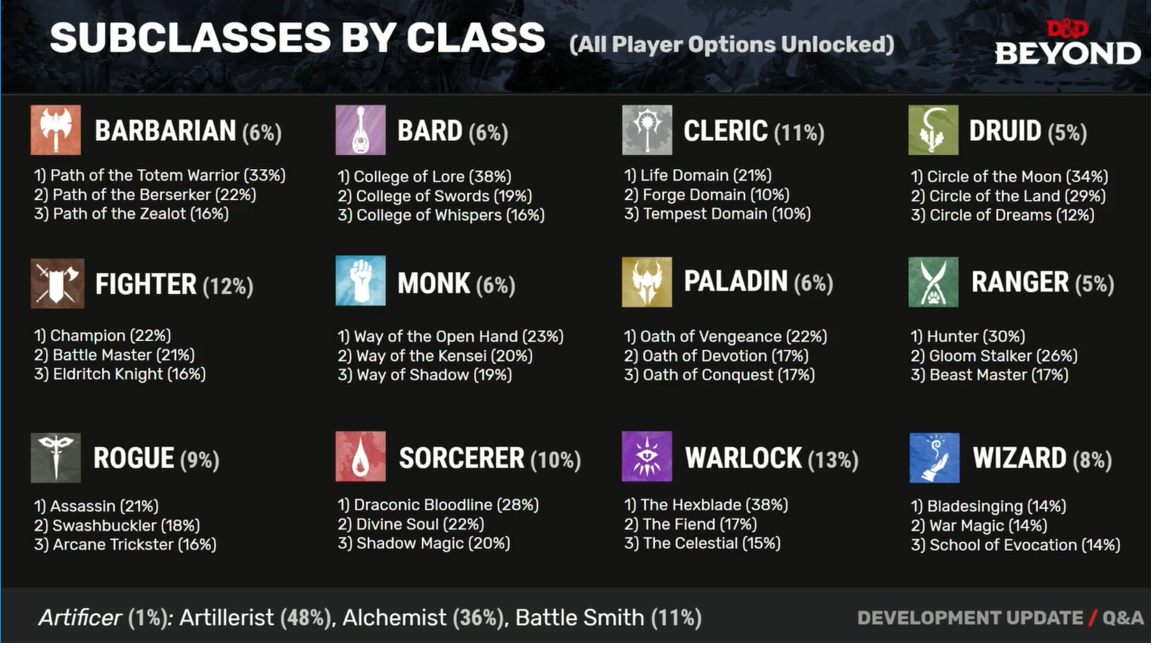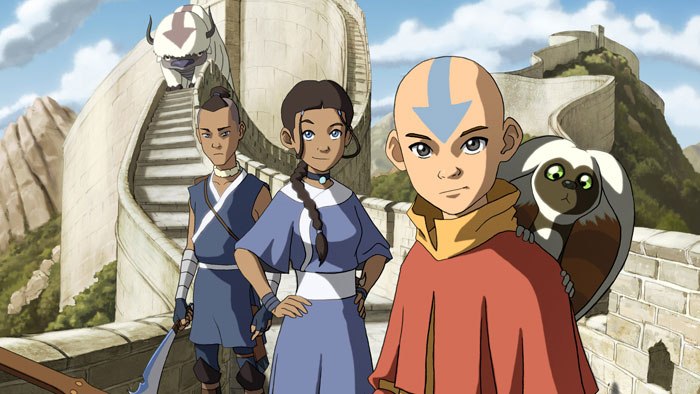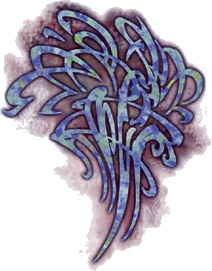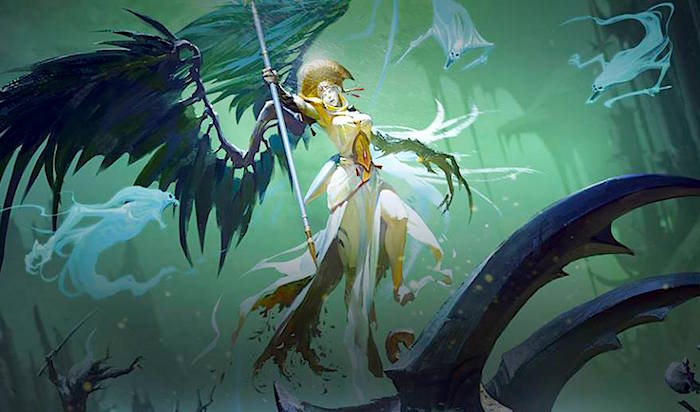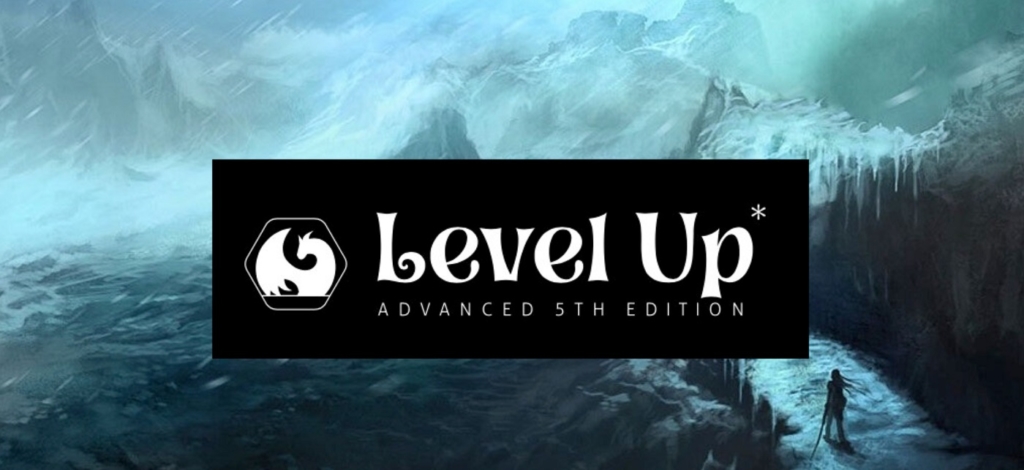D&D: Five Subclasses That Can’t Seem To Catch A Break
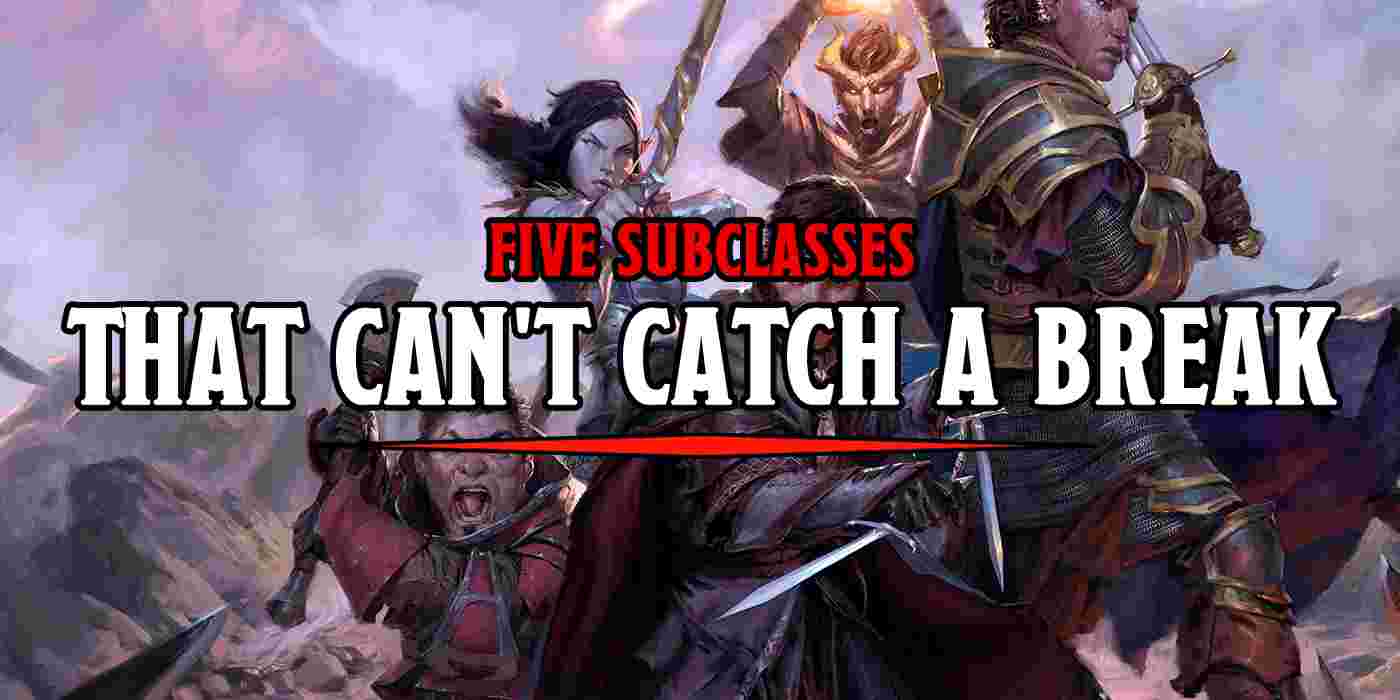

5th Edition D&D has a ton of different options for players to choose from. Some rise to the top of the charts…but others, well. That’s why we’re here.
There are many reasons to choose a subclass. It could fit your character, or it might seem narratively very interesting. Maybe it has some neat story hooks, or suggests a playstyle you like; some people have even been known, on rare occasion to choose a class/subclass for no other reason than it’s mechanically powerful, if you can believe that.
According to the data (from D&D Beyond at least) some of those subclasses have risen to the top… while others remain the weird, trotted out whenever a player gets a weird build/character concept in their head, but otherwise you don’t see them all that often around your table. Let’s take a look at five of the other ones, and see if we can figure out why.
Way of the Four Elements (Monk)
Widely considered to be one of the weakest Monk options, the Way of the Four Elements struggles with ki costs at early levels and underwhelming effects at later levels. Combine that with the fact that it gets little in the way of free abilities, unlike it’s PHB counterparts, the Way of Shadow and Way of the Open Hand and the Four Elements Monk, which should let you live out your Bending dreams, falls by the wayside.
Beastmaster (Ranger)
This one is the perennially picked on Ranger subclass. There have been tweaks to the way it works, propositions for revisions to it–if you want to get people talking, mention the Ranger and you’ll get a ton of people talking about the Beastmaster. And it’s easy to see why, when your class feature caps out with a Beast companion that will die if higher level threats look at it. For some people, that’s fine, but for others–losing three animal companions in as many days is a bit much.
Mastermind (Rogue)
Affectionately dubbed The Varys, this one is all about setting up your opponents and using your allies against them. You know everyone’s secrets, how to push buttons, and manipulate every situation to come out the way you want. Unless you have a DM that runs a lot of combats, in which case you end up using the Help Action a lot and wondering if you’ll ever get to do the fun things. There are many subclasses that fall into this category, and if the DM isn’t willing to play along, you’ll find your most compelling features benched in favor of rolling some damage dice.
Path of the Storm Herald (Barbarian)
This one radically changes the way Barbarians work, turning them from rage-fueled killing machines into a weird, support with a damaging aura machine. I think the math works out that they still do a decent amount of damage, but they lack the party support of the Totem Warrior, the sheer offensive power of a Berserker, or the divine damage of the Zealot. It doesn’t feel as flashy–and like our friend the Mastermind, its benefits can vary depending on how often you’re in certain terrain, so this one sees a lot less play.
Archfey (Warlock)
And finally we come to the Warlock. It’s hard for anything to compete with the Hexblade. Look at the picture up there, even the Fiend and Celestial are kind of behind. Swearing an arcane pact with a Great Old One makes sense, thematically, with the forbidden power–but many DMs and players find swearing allegiance to an Archfey to be a little unusual.
They just haven’t read the right faerie tales.
Regardless, they’re still one of the least chosen patrons.
Does your favorite subclass end up on this list? What do you see played around your table? Let us know in the comments!

